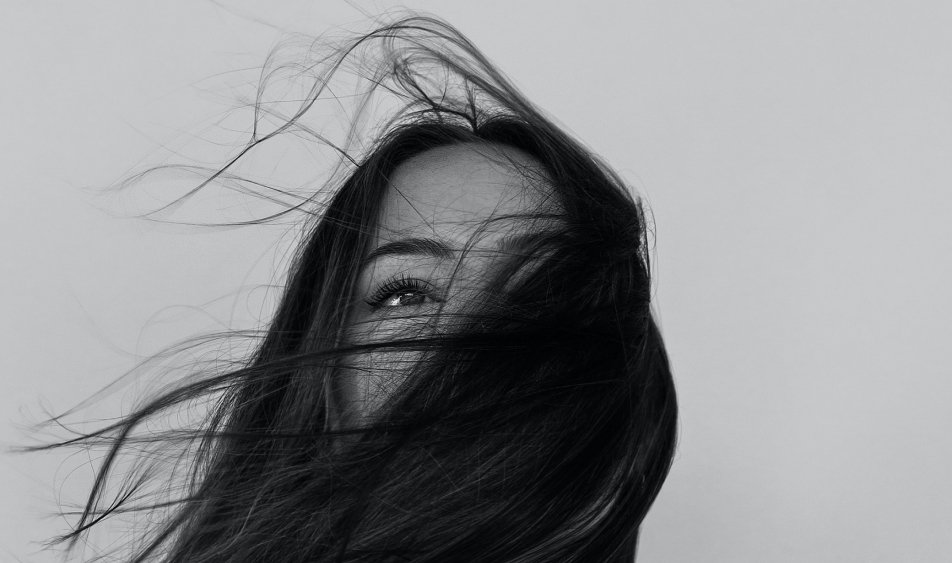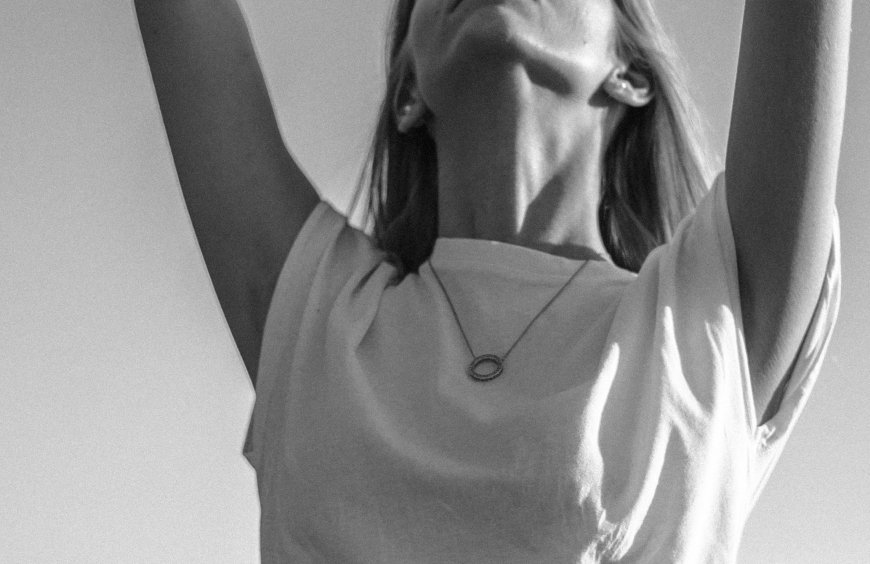
Hair loss affects millions, sparking myths and misconceptions about its causes. These myths include the idea that wearing hats or wigs could lead to hair loss. But how true is this claim? Should you worry about your favorite hat or wig causing baldness?
This blog will unpack the science, debunk the myths, and offer practical advice on maintaining healthy hair—whether you’re a hat enthusiast, a wig wearer, or just someone navigating hair health.
The Myth About Hats and Hair Loss
Is There a Link Between Hats and Hair Loss?
The short answer? No, there is no direct link. Research shows wearing hats does not cause hair loss. Most hair loss is due to internal causes like genetics, hormonal changes, or medical conditions—not external pressures like headwear.
The misconception likely stems from the myth that hats restrict blood flow to the scalp, which prevents hair growth. However, blood flow to the hair follicles is managed internally and isn’t impacted by wearing a hat. For the most part, hats are innocent.
Origins of the Myth
It’s easy to see where the idea began—tight hats, combined with anecdotal observations of hair loss, painted a misleading picture. Some believe that hair loss caused by tight hairstyles (known as traction alopecia) extends to hats. But the truth is, hats rarely create the kind of sustained tension necessary to cause this condition.
Real Causes of Hair Loss
To understand hair loss better, it’s essential to explore its genuine causes. Here are some of the most common factors:
1. Genetics
Genetics is the leading cause of hair loss, particularly in conditions like male-pattern baldness (androgenetic alopecia). This hereditary trait is passed down and influenced by hormones like dihydrotestosterone (DHT).
2. Hormonal Imbalances
Changes in hormone levels—often during menopause, postpartum, or due to certain medications—can disrupt the hair growth cycle and lead to conditions like telogen effluvium, a temporary form of hair loss.
3. Medical Conditions
Medical conditions like thyroid disorders, lupus, and alopecia areata can interfere with healthy hair growth. Certain treatments, such as chemotherapy, can also contribute to significant hair shedding.
4. Lifestyle Factors
Stress, poor diet, and lack of sleep don’t just hurt your overall well-being—they can harm your hair health too. Nutritional deficiencies in iron, zinc, or biotin may also play a role.
When Hats Indirectly Impact Hair
While hats won’t directly cause hair loss, certain habits related to hat-wearing could have minor side effects if not managed properly.
Traction Alopecia
Although rare, wearing hats that are too tight for extended periods could lead to tension on the hair follicles. This tension may cause traction alopecia, a condition where constant pulling damages the follicles over time. Opt for well-fitted hats to avoid unnecessary strain on your hairline.
Scalp Health
Dirty or sweaty hats could result in scalp irritation or dandruff. Over time, neglecting proper hygiene can affect the health of your scalp, compromising the follicles.
Allergic Reactions
Certain hat materials may cause allergic reactions in some individuals, leading to redness, itchiness, or irritation. If you experience persistent discomfort, swap hats or consult a dermatologist.
Benefits of Wearing Hats
Headwear isn’t just harmless—it can also be helpful! Hats protect your scalp in numerous ways:
1. UV Protection
The sun’s harmful UV rays can cause long-term damage to skin and hair follicles. Hats provide an added layer of defense, particularly on sunny days.
2. Protection from Environmental Stress
Cold, windy, or polluted environments can strip moisture from your hair or irritate your scalp. Hats act as excellent shields from these elements.
3. A Style Statement
From beanies to fedoras, hats allow for creative expression. They add a chic touch to an outfit while giving your scalp a break from environmental exposure.
Tips for Hat and Wig Wearers
To make the most of your hats and wigs, keep these tips in mind:
1. Choose the Right Fit
Loose-fitting hats are your best friend; they’ll provide comfort without straining your scalp or hairline. Similarly, pick wigs with adjustable fittings for reduced tension.
2. Prioritize Hygiene
For hats, regular washing prevents the buildup of sweat and bacteria. When it comes to wigs, clean them as per the manufacturer’s instructions, and maintain proper scalp hygiene.
3. Opt for Quality Materials
Breathable, lightweight fabrics like cotton or bamboo are great for hats, while wigs with natural or lightweight synthetic fibers are gentler on the scalp.
4. Give Your Scalp a Break
Allow your scalp to breathe by taking off your hat or wig periodically, especially at home.
5. Protect Your Natural Hair
If you wear wigs frequently, moisturize and care for your natural hair. Invest in products that promote hair health and prevent dryness.
Next time you reach for your favorite hat, feel reassured—they’re more likely to protect rather than harm your hair. If you’re experiencing persistent hair loss, consult a healthcare professional who can pinpoint the cause and offer solutions.
Keep wearing that stylish hat confidently, knowing it’s not responsible for hair loss. Better yet, focus more on what matters-healthy habits and stress management—so you can flaunt your hair, hats, or wigs the way you love them.
The bottom line? Hats and wigs are not villains in hair loss stories. While improper use could lead to minor issues, hair loss is caused by genetics, hormones, and lifestyle factors.







